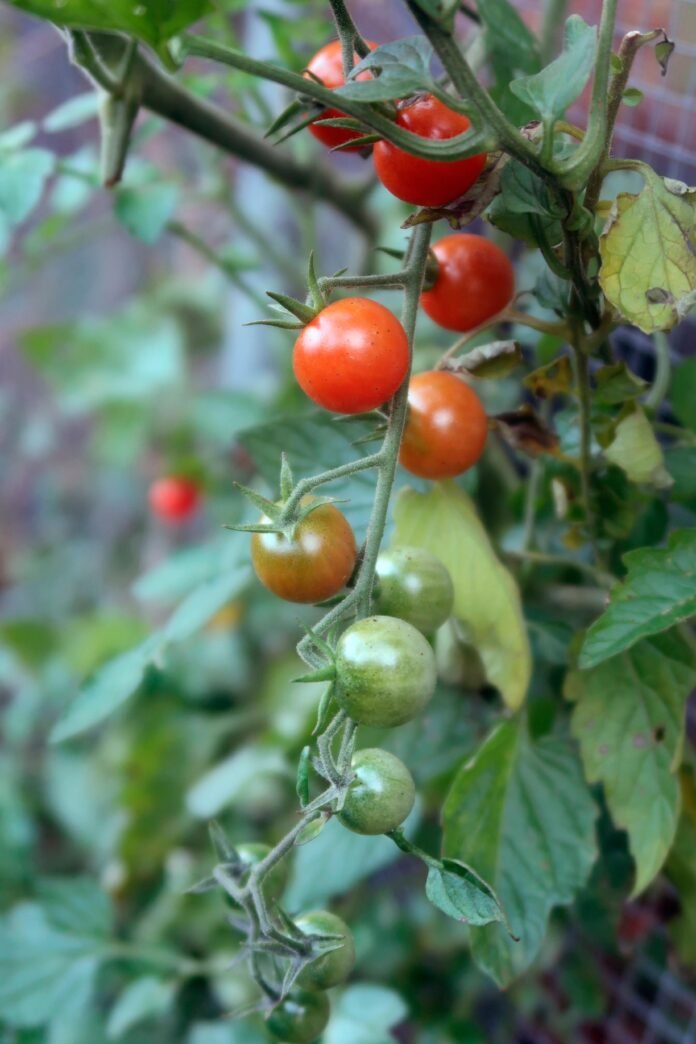Once upon a time, the term “vegetable” was not reserved solely for the crisp greens and colorful produce we know today. Surprisingly, it encompassed all plant life, from towering trees to delicate flowers. Imagine referring to a majestic bargad tree as a mere vegetable! How did this broad term evolve into the more specific definition we use today? Let’s delve into the fascinating history of the word “vegetable.”
Centuries ago, when the English language was still evolving, the term “vegetable” was borrowed from the Latin word “vegetabilis,” meaning “lively” or “animating.” In its early usage, it denoted any living organism capable of growth and reproduction, including plants, trees, and even some fruits. Thus, a sprawling oak tree or a vibrant rose bush could be classified as a vegetable.
Over time, as human understanding of botany and taxonomy advanced, the need for more precise language arose. The term “vegetable” gradually came to be associated specifically with edible plant parts, such as leaves, stems, roots, and bulbs, that were commonly consumed as food. This semantic shift reflected a growing awareness of the diversity of plant life and the culinary significance of certain botanical specimens.
The modern concept of vegetables as a distinct category of food gained prominence during the Renaissance period in Europe. As trade routes expanded and explorers brought back exotic plants and spices from distant lands, culinary traditions evolved, and new ingredients found their way into kitchens across the continent. This era saw the introduction of a wide variety of vegetables, including potatoes, tomatoes, peppers, and squash, which quickly became staples in European cuisine.
With the advent of agriculture and the rise of farming communities, vegetables assumed a central role in human diets around the world. Cultivated for their nutritional value, culinary versatility, and culinary appeal, vegetables became essential ingredients in countless dishes, from hearty stews to vibrant salads.
Today, the term “vegetable” is firmly entrenched in our culinary lexicon, referring to a diverse array of plant-based foods that form the foundation of healthy eating. Whether enjoyed raw or cooked, as a main course or a side dish, vegetables continue to play a vital role in nourishing our bodies and tantalizing our taste buds.
As civilizations progressed and societies became more specialized, the cultivation and trade of vegetables became increasingly organized and sophisticated. Ancient civilizations such as the Egyptians, Greeks, and Romans revered certain vegetables for their medicinal properties as well as their culinary uses. For example, garlic was prized by the Egyptians for its perceived health benefits and was even used as currency. Similarly, the Greeks and Romans cultivated a wide variety of vegetables, including onions, cucumbers, and lettuce, incorporating them into their daily diets and religious ceremonies.
During the Middle Ages, the cultivation of vegetables continued to thrive, with monasteries playing a central role in preserving and propagating heirloom varieties. Monastic gardens were meticulously tended, yielding bountiful harvests of vegetables that sustained both monks and the surrounding communities. Vegetables such as cabbage, carrots, and turnips were staples of medieval diets, providing essential nutrients and sustenance during lean times.
The Age of Exploration brought about a revolution in the culinary world as European explorers voyaged to distant lands in search of new trade routes and exotic spices. Along with spices, explorers brought back a treasure trove of vegetables previously unknown in Europe, including potatoes, tomatoes, corn, and chili peppers. These newfound treasures revolutionized European cuisine, giving rise to iconic dishes such as Italian pasta with tomato sauce, Spanish gazpacho, and Irish potato stew.
As colonial empires expanded, vegetables played a crucial role in shaping global trade networks and cultural exchange. The Columbian Exchange, named after Christopher Columbus, facilitated the exchange of plants, animals, and diseases between the Old World and the New World. This momentous event introduced staple crops such as potatoes, tomatoes, and peppers to Europe, while European crops like wheat, rice, and sugarcane were brought to the Americas. The widespread adoption of these new vegetables transformed diets and agricultural practices on both continents, contributing to population growth and economic development.
In the modern era, the importance of vegetables in promoting health and well-being has been increasingly recognized by scientists, nutritionists, and policymakers alike. Vegetables are rich sources of essential nutrients, including vitamins, minerals, and antioxidants, which play vital roles in maintaining overall health and reducing the risk of chronic diseases such as heart disease, diabetes, and cancer. As a result, public health campaigns promoting vegetable consumption have been launched worldwide, encouraging individuals to incorporate more vegetables into their diets for optimal health.

